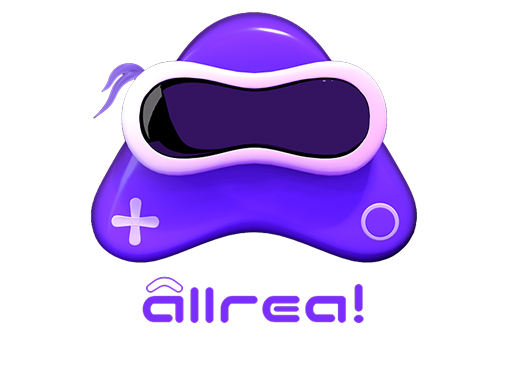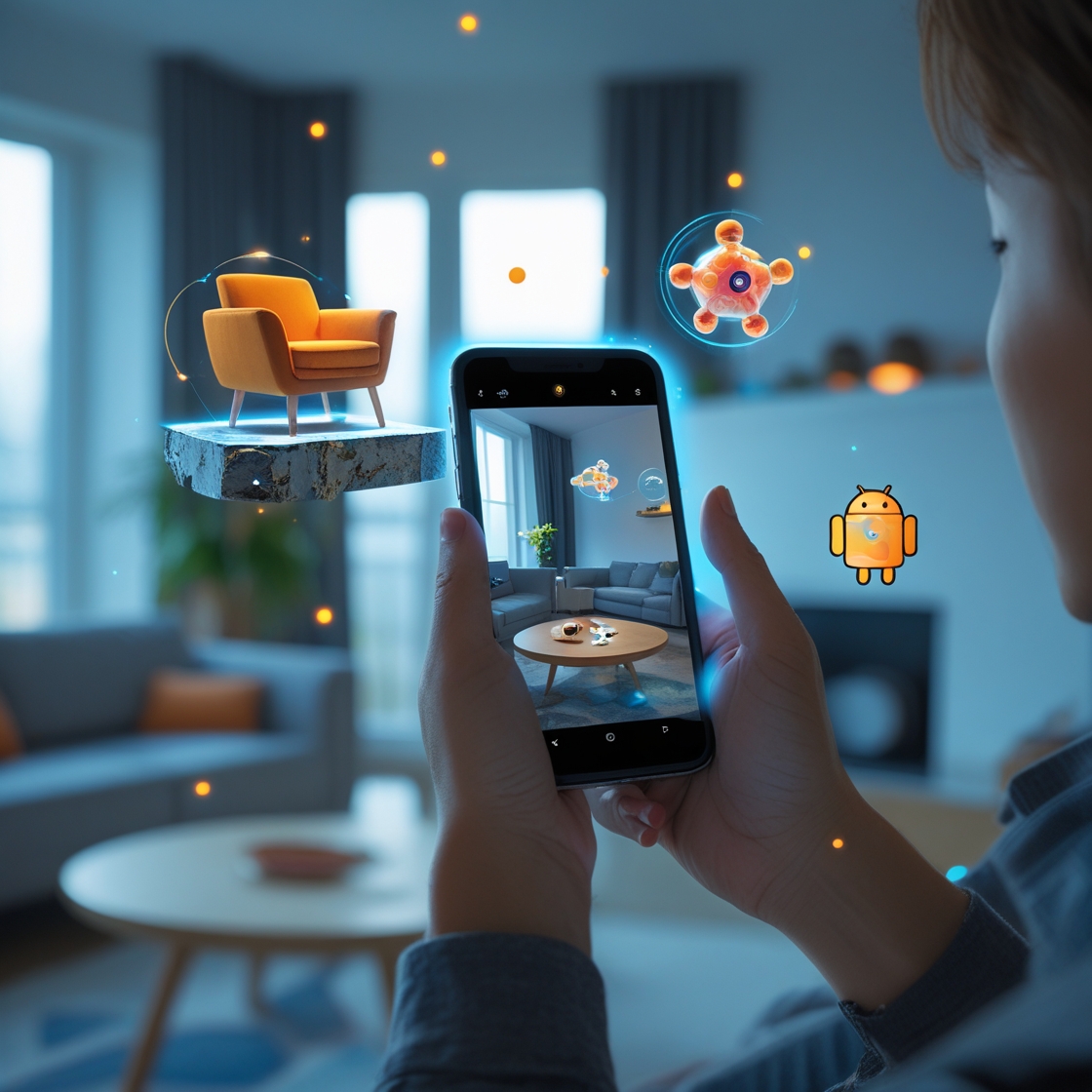Augmented Reality app development is transforming the digital world by merging virtual content with the physical environment. From AR gaming apps and interactive education tools to AR-powered retail and medical simulations, industries across the board are tapping into this immersive technology.
This beginner’s guide offers a clear, step-by-step overview of how to develop AR apps, including the tools, platforms, and workflows you need to bring your first Augmented Reality project to life.
What is AR App Development?
AR app development refers to creating mobile or web-based applications that overlay virtual elements such as 3D models, animations, and text onto the real world using a device’s camera and sensors. These apps use AR SDKs and computer vision technology to track environments and provide interactive, context-aware digital content.
If you’re a beginner wondering how to build an AR app, this guide will help you start your journey with minimal coding knowledge.
Best Tools & SDKs for AR Development
Here are some of the most popular Augmented Reality development platforms for beginners:
Unity with Vuforia
- Best for: Cross-platform, 3D-intensive AR applications
- Why use it: Unity provides a visual editor and works with multiple AR SDKs, including Vuforia, which supports image tracking, model targets, and more.
ARKit (iOS)
- Best for: iPhone and iPad development
- Why use it: Native Apple SDK that offers world tracking, motion sensing, and face tracking with seamless iOS integration.
ARCore (Android)
- Best for: Android device development
- Why use it: Google’s SDK supports environment understanding, light estimation, and motion tracking.
8thWall (WebAR)
- Best for: Web-based AR experiences
- Why use it: No app downloads required. Perfect for marketing campaigns, product showcases, and education tools.
Step-by-Step Guide: How to Build an AR App
Follow this roadmap to begin your AR development journey:
Step 1: Define Your AR App Idea
Start by asking:
- What problem does your AR app solve?
- Who is your target audience?
- Is it a game, educational app, or product visualization?
Step 2: Choose the Right Development Platform
Pick a tool that matches your app’s requirements. For example:
- Unity + Vuforia for interactive AR games
- ARKit or ARCore for native mobile apps
- WebAR for cross-device compatibility
Step 3: Install the Required Software
- Unity 3D + Vuforia SDK
- Xcode (for iOS ARKit)
- Android Studio (for ARCore)
- 8thWall Web Editor (for WebAR projects)
Step 4: Design and Import 3D Assets
- Create or download models from Sketchfab, Unity Asset Store, or Blender.
- Optimize your models to ensure fast loading and performance.
Step 5: Add Interactions and Trackers
- Use image markers, plane tracking, or QR codes.
- Set up user interactions like taps, swipes, or voice commands.
Step 6: Test on Real Devices
- Always test on physical devices, not just simulators.
- Adjust for device compatibility and lighting conditions.
Step 7: Publish Your AR App
- For mobile apps: Publish to Google Play Store or Apple App Store.
- For WebAR: Host on a server or embed in your website.
Real-World Examples of AR Apps
- IKEA Place – Lets users visualize furniture in their homes.
- Pokemon GO – An AR gaming hit that combines GPS and virtual characters.
- Google Lens – Offers real-time object recognition and interaction.
- Medical AR Simulations – Used in surgical training and anatomy visualization.
Tips for AR Development Beginners
- Begin with simple projects like AR business cards or AR posters.
- Use low-poly assets for smoother performance.
- Regularly test and optimize for lighting and camera quality.
- Join forums and communities like Unity Forums, Reddit AR threads, and Stack Overflow.
Conclusion: Bring Your AR Idea to Life
Now that you know how to develop an AR app, it’s time to start building. With platforms like Unity, ARKit, ARCore, and 8thWall, the barrier to entry has never been lower.
Keep learning, experimenting, and improving. Augmented Reality is more than a trend—it’s the future of digital interaction. Dive in today and let your creativity shape the next generation of immersive experiences.

